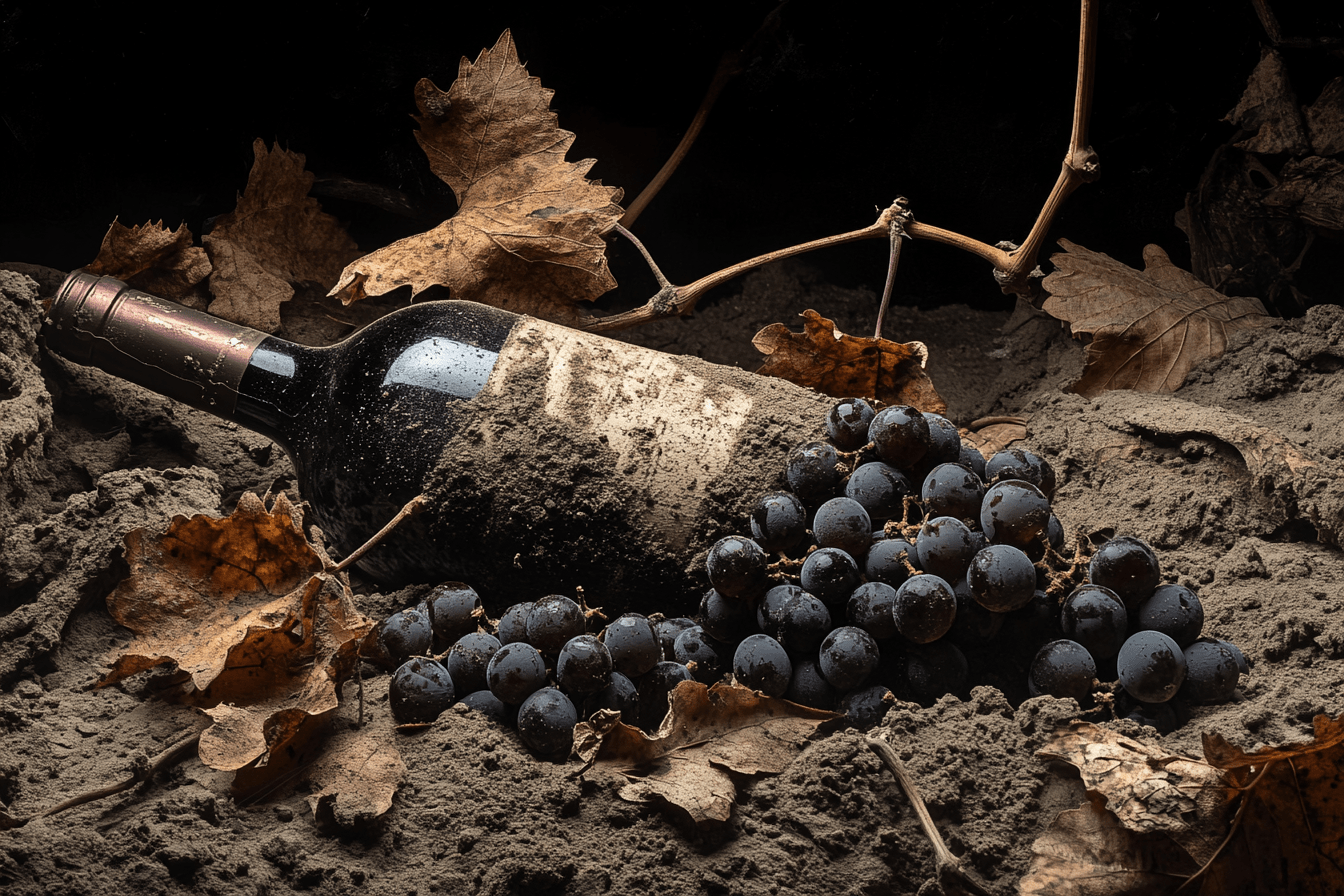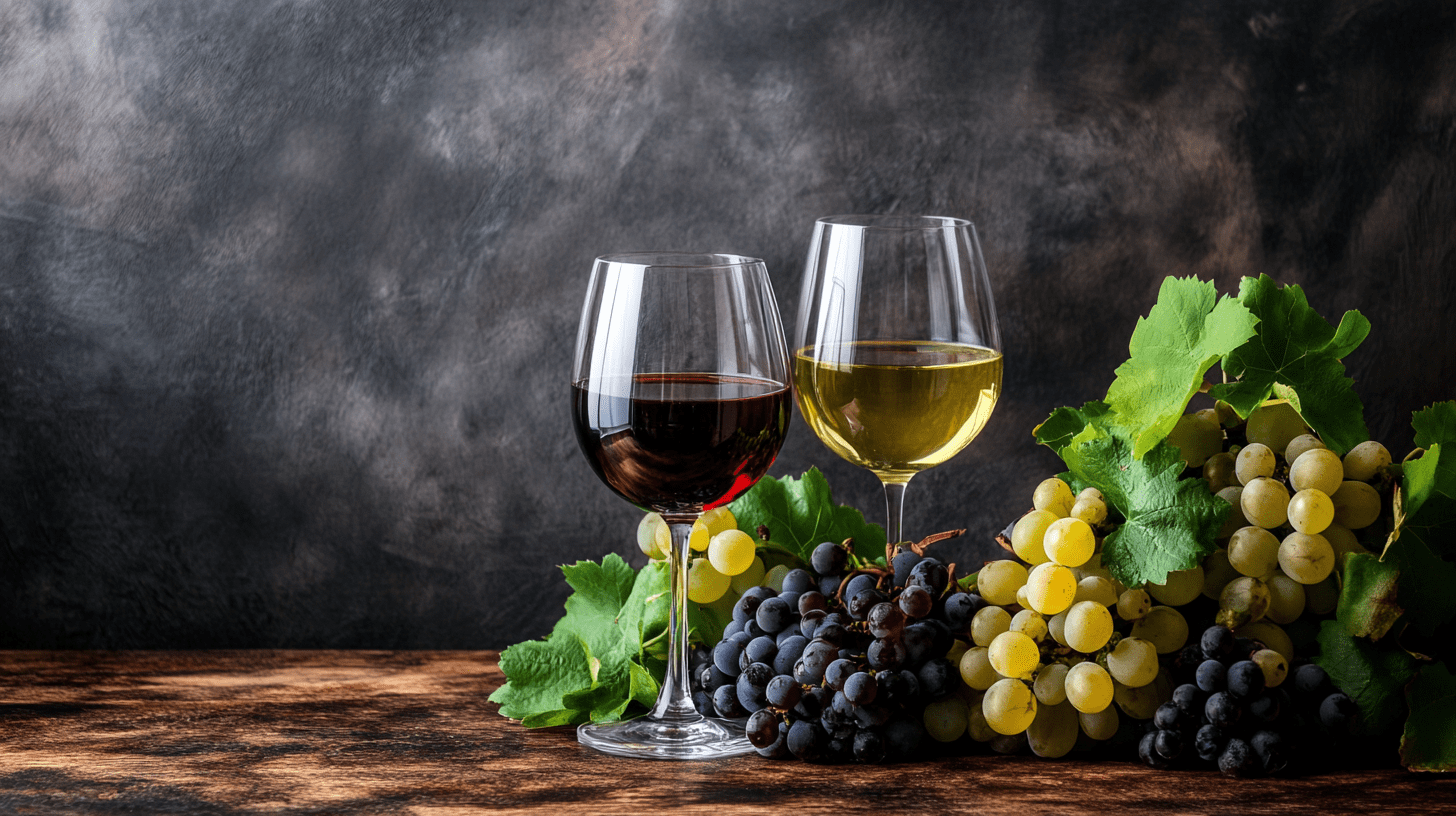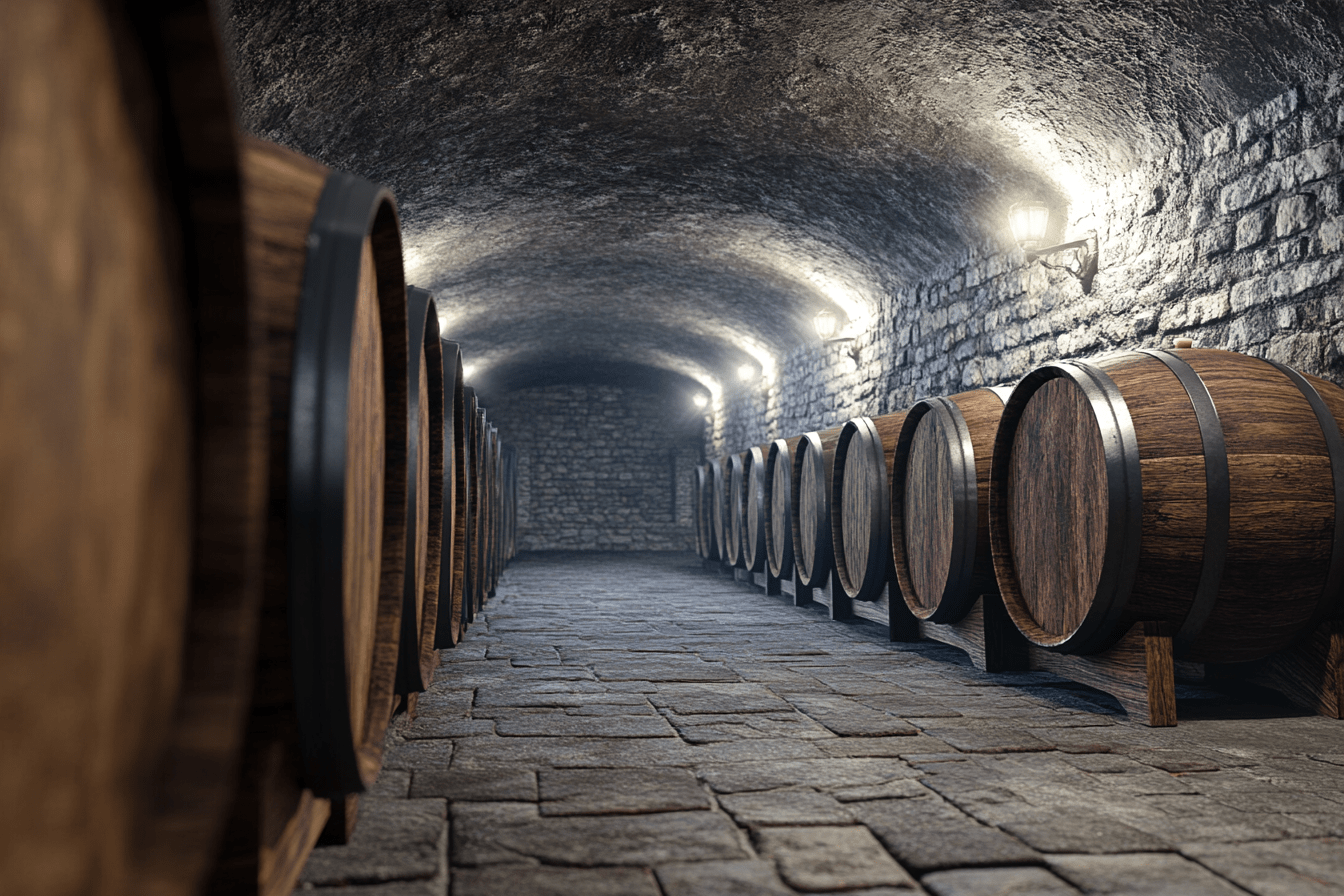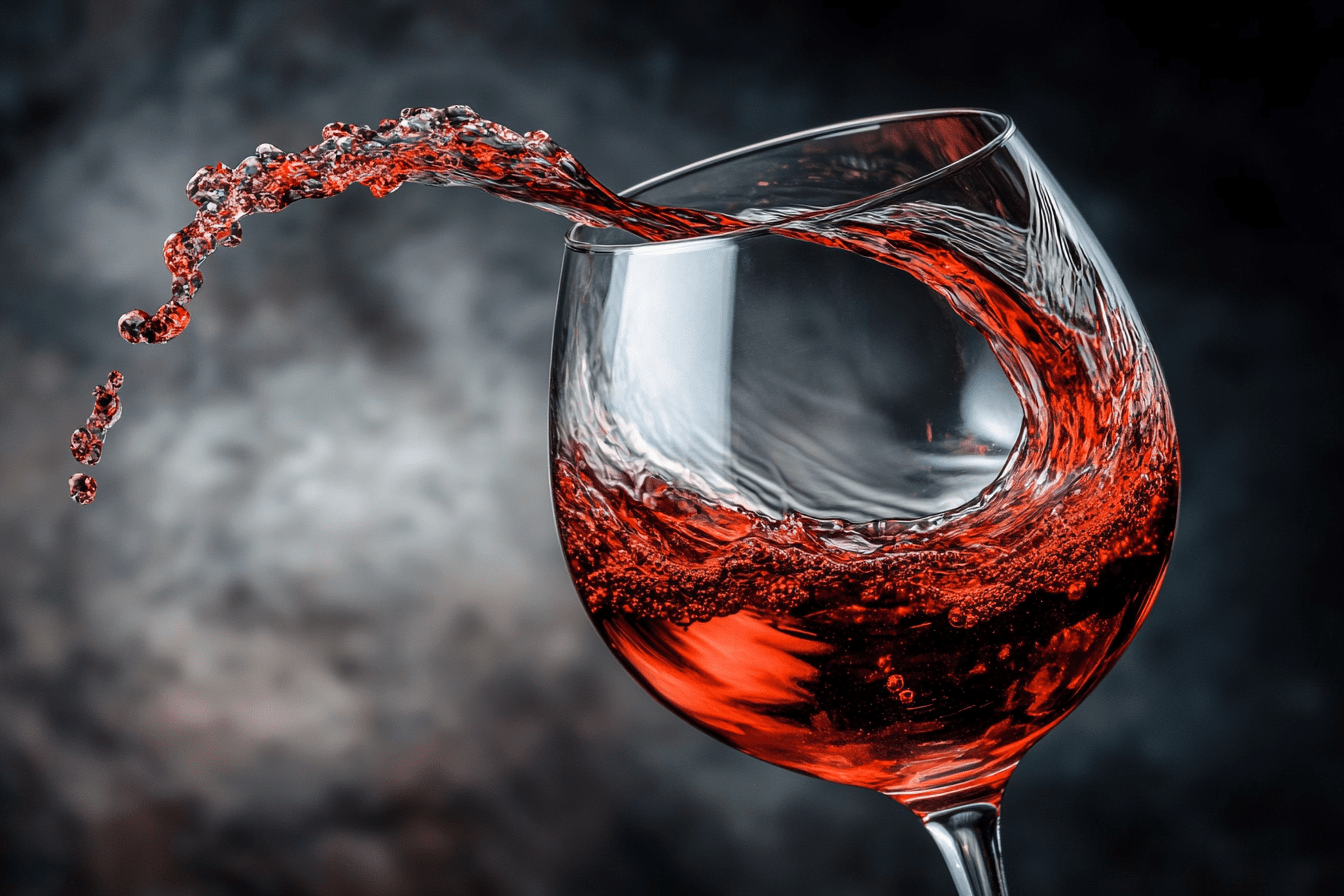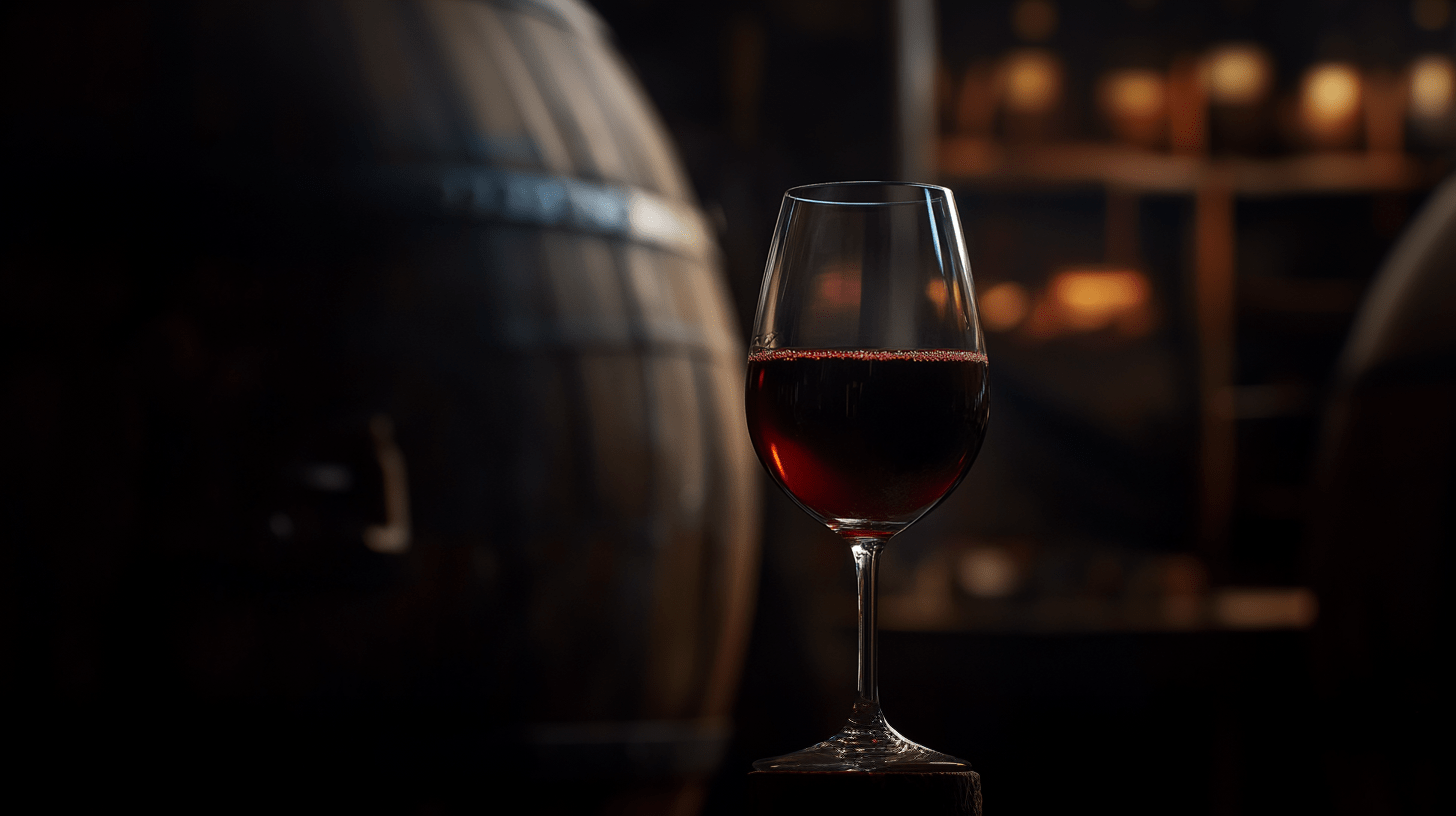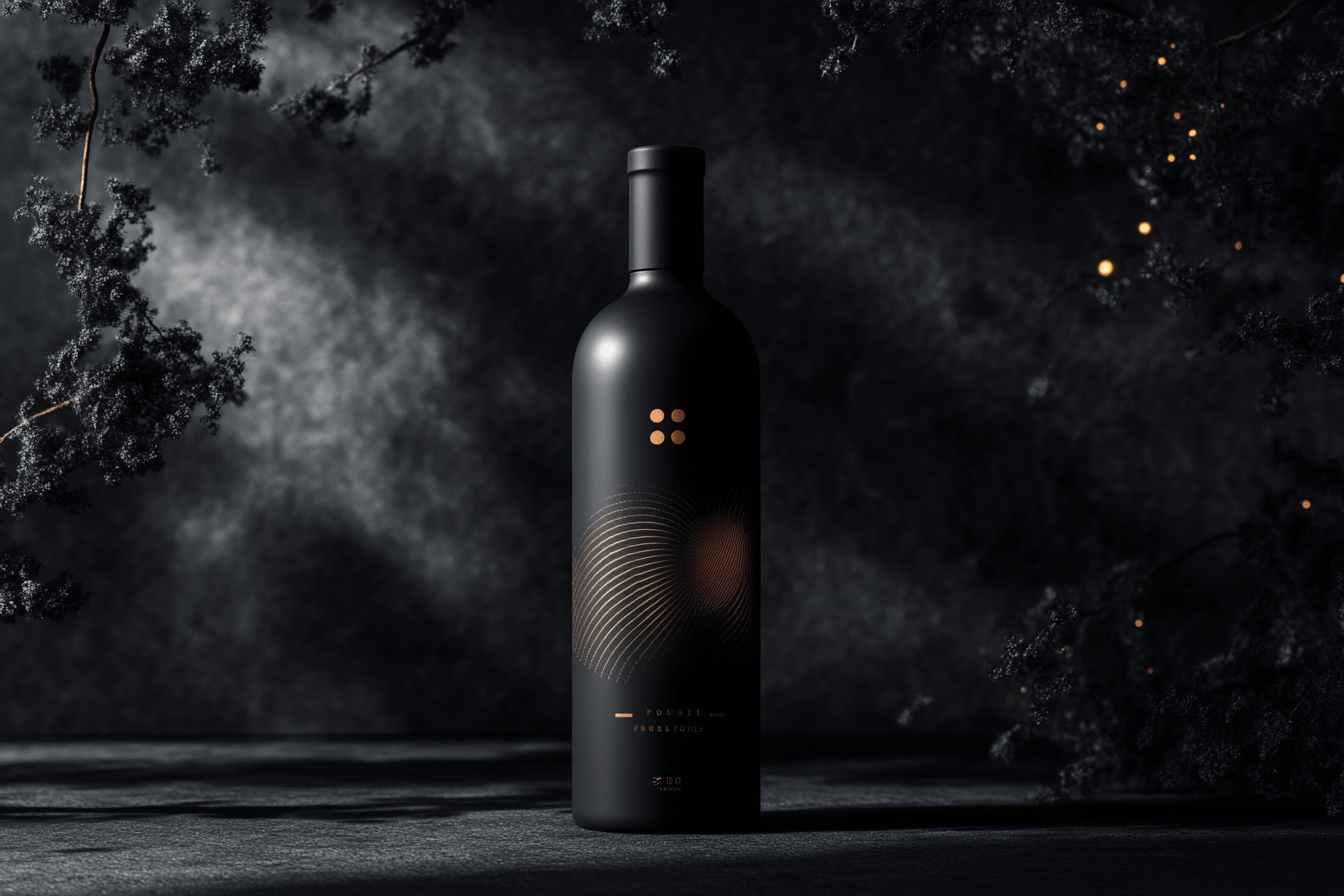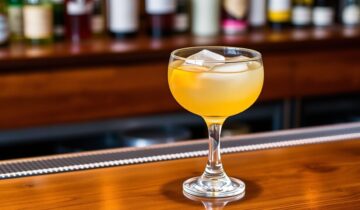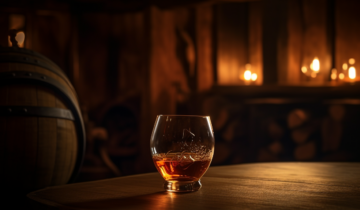Not all wines are created to age gracefully, though, and while some blossom with time, revealing layers of complexity, others peak early and offer their best when young. Why some wines improve over time and others don’t is a fascinating journey into the science of winemaking. The characteristics that play the most significant role in aging wine include acidity and tannin levels, along with alcohol content.
Beyond the intrinsic qualities, however, it is the grape varietal itself that greatly determines a wine’s age-worthiness. While some wines are esteemed for their aging potential and complexity, others are decidedly best when drunk fresh and youthful. The conditions under which wine is aged-temperature, humidity, light exposure-significantly affect its transformation, too. This article discusses some of the science of wine aging, including how to select a bottle that will improve with time and addresses several common myths regarding the maturation process.
Key Characteristics Influencing Aging Potential
Among the wider circle of consumers of wine, there are many curiosity questions about the aging potential of their favorite bottles. Not all wines are designed to be aged; the greatest majority are meant to be consumed upon their release. Whether a wine is able to age well and evolve nicely depends on a few structural elements: acidity, tannin level, residual sugar, and alcohol. Now, let’s look at these in some detail to understand how they define the aging of wine.
Acidity
Acidity does indeed play a huge role in the aging potential of wines. Wines with balanced acidity are found to age much better, as the acid in them serves like a preservative that keeps the wine fresh and vibrant through time. High acid wines-most white wines and lighter reds-retain their primary flavors-like the bright citrus in a young Riesling, or the zesty character in a red like Nebbiolo. Acidity is never sufficient on its own for ageing, as long as it is out of balance with the rest of the structural components. Wine that is high in acid but slightly bodied or tannic will not age particularly well.
Tannin Levels
Tannins are natural wine components found mainly in red wines. Tannins derive from grape skin, seeds, and stems or are extracted during oak-aging. These tannins give structure to the wine and, more importantly, allow wines to increase in complexity over time. Tannins are also antioxidants that protect the wine from oxidation and further development. Tannic wines that feel astringent and hard when one is young get softer with time as the tannins integrate into the profile of the wine, hence contributing to a smooth and complex taste. Red wines that will benefit from ageing will have a solid tannic structure, so consider Cabernet Sauvignon or Nebbiolo.
Residual Sugar
Residual sugar is the degree of natural sweetness remaining in the wine after fermentation and can also influence which wines age longer. Sweet wines generally enjoy a good reputation for aging, such that an extremely sweet wine like a Sauternes or late-harvest Riesling has a good reputation for aging. Like acidity, sugar acts as a preservative and enables the secondary and tertiary flavors to develop over time in a wine. Fortified wines, such as Port or Madeira, begin their lives very sweet, and are also very alcoholic; and can last for decades, sometimes even centuries.
Alcohol Content
The other wine preservative, especially in more fortified varieties, is alcohol. While a higher level of alcohol-particularly those in fortified wines-can indeed be a contributing factor to a wine’s longevity, it is well worth noting that non-fortified wines with very high alcohol levels will not always age particularly well if not balanced by acidity and tannins. Too much alcohol in a wine can throw it off balance over time, becoming too hot and unrefined. In one word, the magic word is balance: wines with moderate alcohol, supported by healthy acidity and tannins, do tend to age harmoniously.
Wine Varietals and Aging
Different grape varietals respond to aging in distinct ways, and understanding this can elevate your wine experience. Some varietals are celebrated for their age-worthiness, while others are best enjoyed in their youth.
Age-Worthy Varietals
Certain grape varieties are renowned for their ability to improve with time. These varietals typically boast high tannins, acidity, phenolic compounds, or residual sugar—attributes that contribute to longevity and complexity.
- Red Wines:
- Cabernet Sauvignon: Known for its thick skins and robust tannins, especially from regions like Napa Valley, this varietal ages beautifully, often requiring years to soften and reveal its full potential.
- Syrah/Shiraz: With its rich structure and deep tannins, Syrah can develop remarkable complexity over time.
- Nebbiolo: Hailing from Italy, Nebbiolo’s high acidity and tannin levels make it one of the most age-worthy wines, often improving for decades.
- White Wines:
- Riesling: High acidity and, in many cases, residual sugar make Riesling an ideal candidate for aging, developing nuanced flavors over time.
- Chardonnay: Particularly those that undergo oak aging and malolactic fermentation, Chardonnays from regions like Burgundy can develop complex, buttery, and nutty flavors with age.
- Fortified Wines:
- Port: With its high sugar and alcohol content, Port can age for decades, developing rich, layered flavors.
- Madeira: Known for its ability to age for centuries due to its unique winemaking process involving heat.
Varietals Best Enjoyed Young
Not all wines are destined for the cellar. Some varietals are designed to be enjoyed fresh and vibrant, with primary fruit flavors that may diminish over time.
- Sauvignon Blanc: Crisp and aromatic, Sauvignon Blanc is best enjoyed in its youth when its acidity and freshness are at their peak.
- Pinot Grigio: Light and refreshing, Pinot Grigio is ideal for immediate consumption.
- Moscato: Sweet and floral, Moscato offers its best when young and vibrant.
- Beaujolais Nouveau: This light, fruity red is meant for early enjoyment, showcasing its best characteristics soon after bottling.
- Rosés: Most rosé wines are best consumed fresh, highlighting their bright and fruity profiles.
Storage Conditions
Even the most age-worthy wine won’t fulfill its potential if not stored properly. Proper storage conditions are vital for ensuring a wine ages gracefully.
- Temperature and Humidity: The ideal storage temperature is between 55°F and 58°F (13°C to 14°C). Minor fluctuations are acceptable, but large temperature swings can cause the wine to age prematurely or stop developing. Humidity should be around 70% to prevent corks from drying out or mold from forming.
- Light Exposure: Wine is highly sensitive to light, particularly UV rays, which can cause premature aging and off-flavors. Dark storage, or bottles made from tinted glass, can protect the wine.
- Bottle Position: Storing bottles on their sides ensures that the cork stays moist, preventing air from seeping into the bottle and oxidizing the wine. Screw-capped wines, however, are less sensitive to this.
Flavor Development Over Time
Of the many advantages ascribed to wine aging, perhaps the single feature that is most striking in a wine is how the flavors develop in complexity. So, the fresh, clean, fruity flavors of a wine take backseat to more subtle, secondary and tertiary flavors of earth, tobacco, or leather in reds, and nutty and honeyed notes in the whites. Tannins soften in the reds, yielding a smooth texture, while acidity keeps the whites fresh with age. Proper aging unfolds all its potentials and changes it all for the wine-tasting event.
Common Myths About Wine Aging
Perhaps the most common fallacy is that all wines improve with age. Actually, only a few wines are made for aging over a long period. Most wines are made for youthful, fresh flavors that will dissipate after a certain period. Besides, flawed wines cannot be corrected with aging; it may just make the seriousness of poor balance or undesirable character worse. Finally, although tannins do indeed provide ageing potential for wines, which is not the case with all dark wines, many lighter wines can age beautifully.
The Role of Price in Aging Potential
The role of price in determining the aging potential of wines is not a direct correlation but can be an indicator of certain factors that contribute to a wine’s ability to improve over time. Typically, more expensive wines have been produced with aging potential in mind. Such wines often have:
- High levels of tannins: derived from grape skins, seeds, or oak barrels, which act as preservatives.
- Acidity: which maintains freshness as the wine ages.
- Concentration of flavors: from high-quality grapes and lower yields.
- Specific winemaking processes: like extended fermentation or malolactic fermentation, which can enhance a wine’s complexity and longevity.
- Better storage conditions: before purchase, such as controlled temperature and humidity that protect the wine’s integrity.
However, it’s important to note that a higher price doesn’t guarantee a wine’s ability to mature well, as the style of wine and the intended drinkability window also play pivotal roles.
|
Wine Style |
Aging Potential |
|---|---|
|
White Wines |
Low to moderate, except for high-acid or sweet wines |
|
Red Wines |
Generally higher, especially with firm tannin structure |
|
Fortified Wines |
Often high due to added spirits and sugar levels |
|
Dessert Wines |
High due to high residual sugar and acidity |
Final Thoughts
Aging wine is both an art and a science. Whether you prefer the bright, fresh notes of a young Sauvignon Blanc or the deep complexity of a well-aged Cabernet Sauvignon, understanding the key factors that contribute to aging potential can greatly enhance your wine experience.


